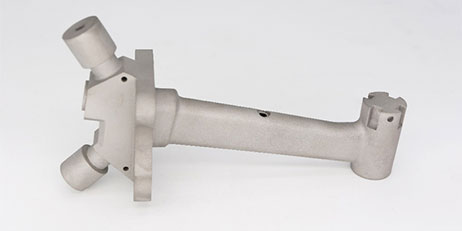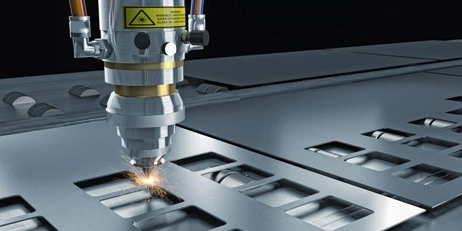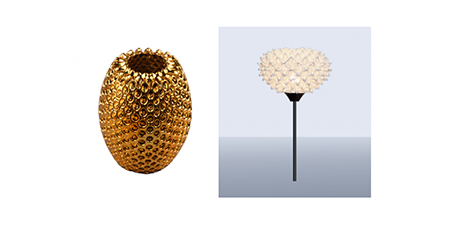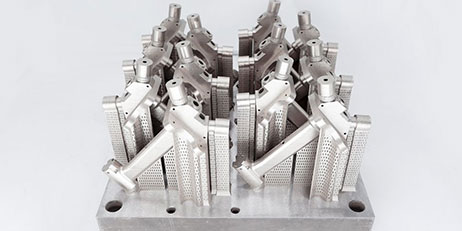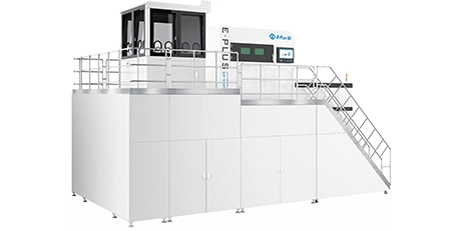Bicycle, as a sports tool, has been widely used in our daily life, and its design and manufacturing processes are relatively simple compared with other complex and larger vehicles.
Recently, Trumpf, a German industrial machine manufacturing company, reached a cooperation with Elementum 3D, a metal material provider in the USA, using the aluminum alloy provided by Elementum 3D to print the frame of Intense Cycles’s M1 downhill bike (Metal AM, 2024). This seems to be an industry innovation but also makes us to ponder a question. Is it really necessary to combine bikes that can be easily made through traditional manufacturing methods with advanced metal 3D printing technology? How about its future trend in cycling manufacturing industry?

Metal 3D printing technology is praised as the latest advancement in manufacturing. At present, a handful of 3D printed products and accessories have already existed in this market, ranging from components such as 3D-printed base bars and customized parts, to full-fledged bicycle frames.
For the cycling industry, the benefits of applying this new manufacturing process are various. The most critical point is that bicycle designers are given more freedom to innovate models and liberate their minds. Through metal 3D printing technology, we can directly manufacture any parts we want. The only thing we need to do is to design the 3D model on the computer and then import it into a 3D printer for production. If any modifications are needed to the design, designers only need to modify it on the printer or the 3D model. Hence, it is needless to make different molds for each new version, which also saves mold cost with rapid prototyping. This also helps to speed up the entire process and shorten the R&D cycle and production cycle of parts.
In addition, metal 3D printing technology is compatible with various materials rather than stainless steel only, such as aluminum alloy, titanium alloy and others. Equipped with these parts, the finished bike can be rather stronger and lighter.
Besides, metal 3D printing is suitable for manufacturing customized items or parts for professional riders’ racing bikes. For example, cooperated with Cycling Australia and its Olympic track cycling squad, Bastion Cycles produces 3D-printed stems, handlebars and cranksets(Allenby,2023).
In short, thanks to metal 3D printing technology, it is more convenient to manufacture a bike that is faster, lighter, stronger and more comfortable and personalized. Also, this can reduce manufacturing time and costs. Metal 3D printing is changing cycling for the better. As an industry-leading solution provider of metal 3D printing, Eplus3D will continuously provide customized metal AM solutions for customers from the cycling industry.
Reference:
Metal AM. Trumpf and Elementum 3D help redesign Intense Cycles’ classic M1 downhill race bike. February, 22, 2024.
Allenby, C. How 3D printing is changing design and manufacturing in the bike industry. September,1, 2023.



















